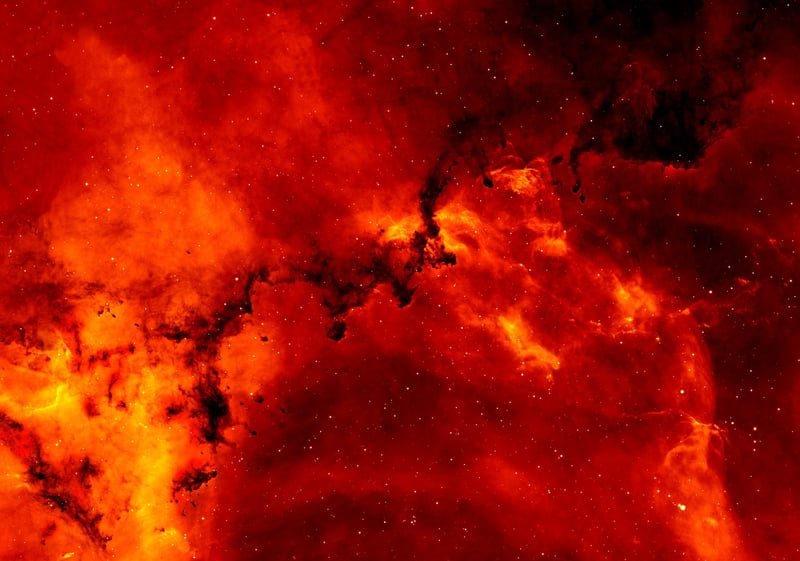Nebulae Observations
Exploring the Cosmos: A Guide to Nebulae Observations
Welcome to the wondrous realm of nebulae, where giant clouds of dust and gas float through the vastness of space, painting the universe with breathtaking colors and shapes. Nebulae are captivating celestial phenomena that offer astronomers and stargazers a glimpse into the cosmic dance of creation and destruction.
What are Nebulae?
Nebulae are interstellar clouds of dust, hydrogen, helium, and other ionized gases. These cosmic structures serve as the birthplace for new stars and planetary systems, as well as the remnants of stellar explosions. They come in various types, including emission nebulae, reflection nebulae, and planetary nebulae, each with its unique characteristics and beauty.
Observing Nebulae
Observing nebulae can be a rewarding experience for amateur and professional astronomers alike. To observe these cosmic wonders, you will need a telescope with sufficient aperture and magnification capabilities. Additionally, dark skies away from light pollution will provide the best viewing conditions.
Tips for Nebulae Observations:
- Choose a clear night with minimal atmospheric turbulence.
- Use a narrowband filter to enhance the contrast of emission nebulae.
- Allow your eyes to adapt to the darkness to see fainter details.
- Experiment with different eyepieces to adjust magnification levels.
Types of Nebulae
There are several types of nebulae that offer unique insights into the cosmos:
Emission Nebulae
Emission nebulae are clouds of ionized gas that emit light of various colors. The famous Orion Nebula is a prime example of an emission nebula.
Reflection Nebulae
Reflection nebulae are clouds of dust that reflect the light of nearby stars, creating beautiful blue hues. The Pleiades star cluster is often surrounded by reflection nebulae.
Planetary Nebulae
Planetary nebulae are the remnants of dying stars that have shed their outer layers. The Ring Nebula is a well-known planetary nebula.
Exploring Nebulae Images
To enhance your understanding and appreciation of nebulae, take a look at some stunning images captured by astronomers and astrophotographers:


Conclusion
Nebulae observations offer a window into the cosmic wonders of the universe, showcasing the beauty and complexity of our galactic neighborhood. Whether you are a seasoned astronomer or a curious stargazer, exploring nebulae can inspire a sense of awe and wonder at the vastness of space.
Keep looking up, and may the mysteries of the cosmos continue to captivate your imagination!
